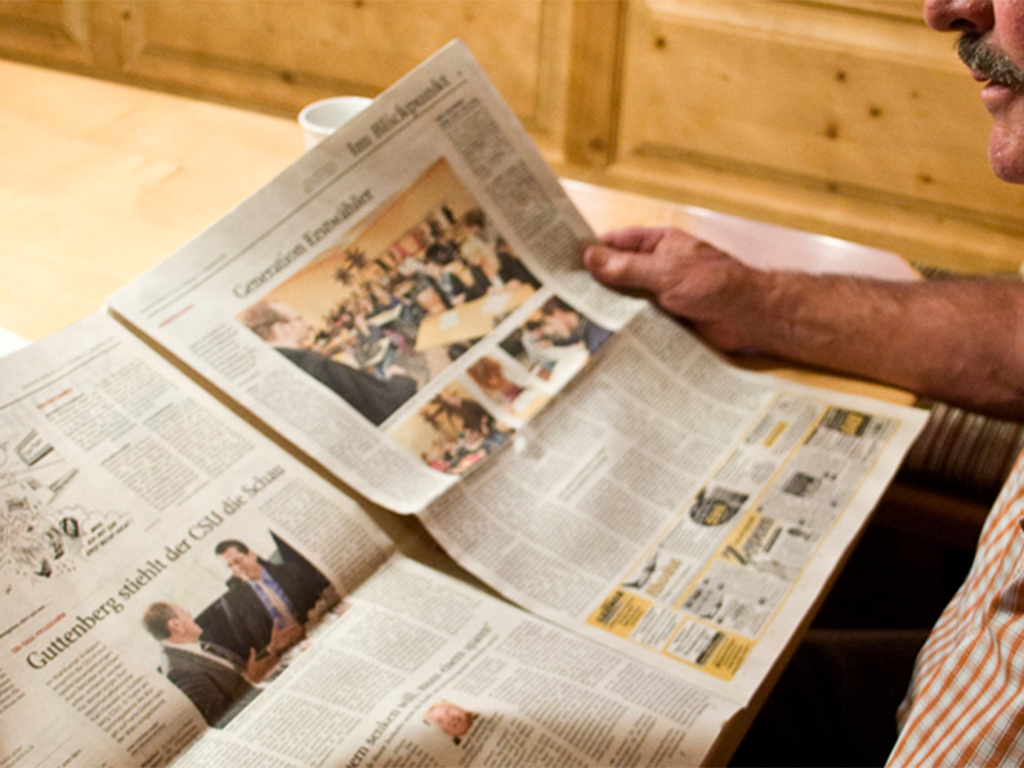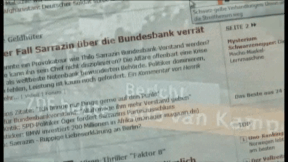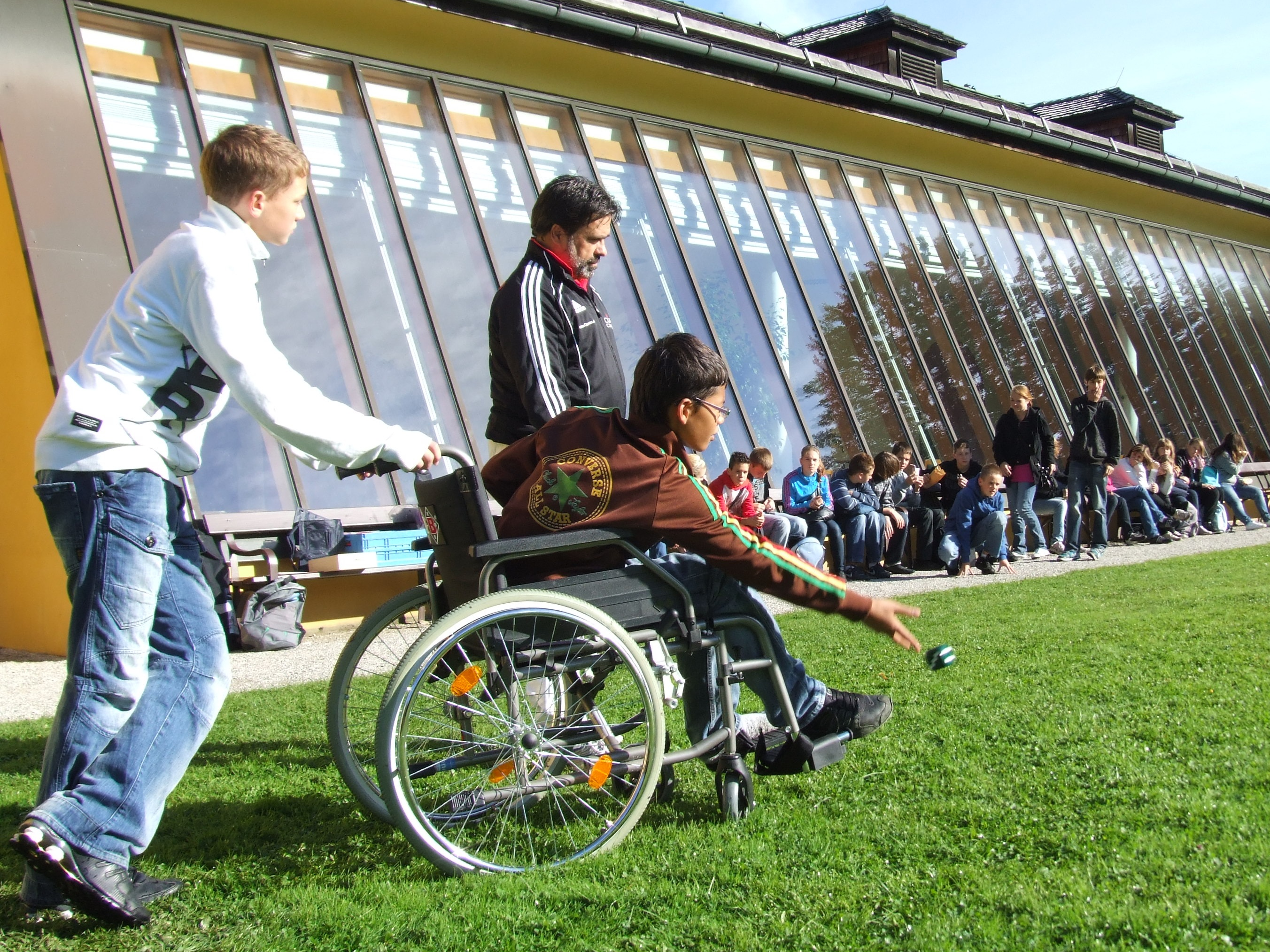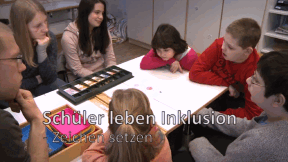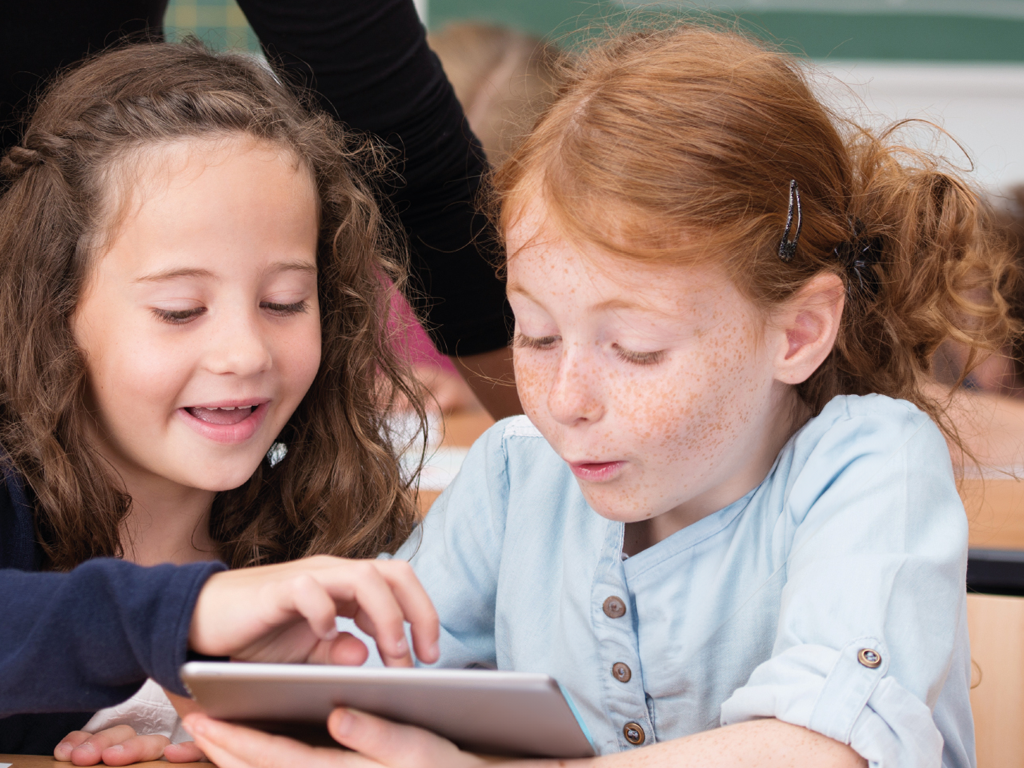 Chemistry
Chemistry
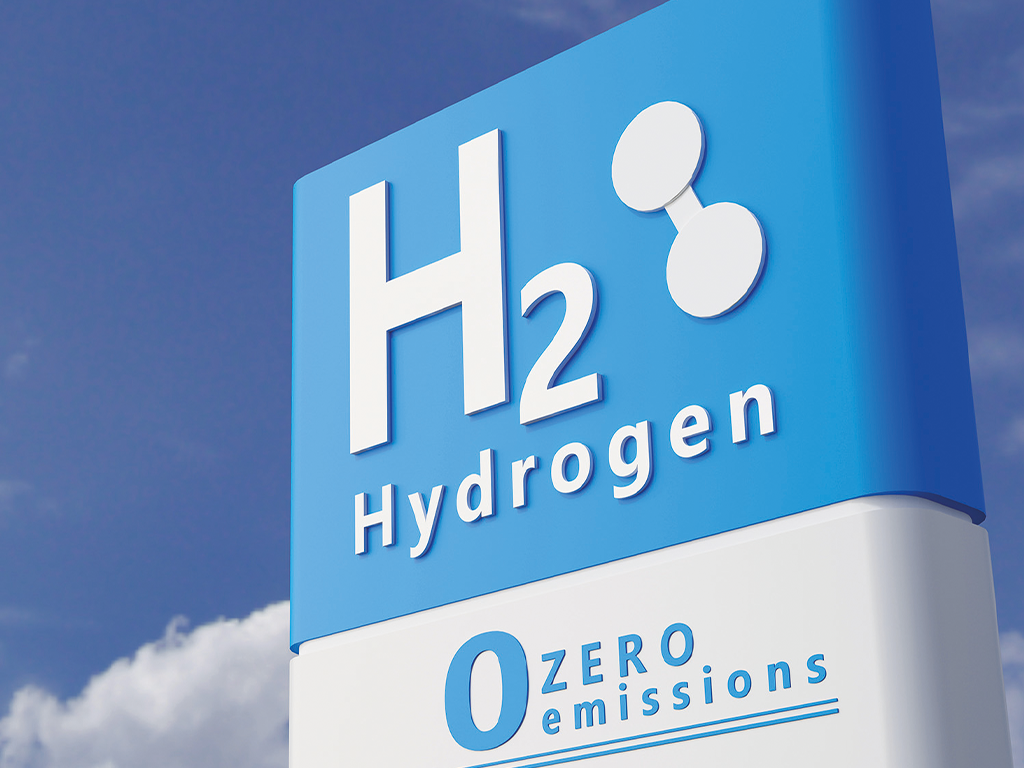

46503482 / 55502974
Wasserstoff
Energieträger der Zukunft
Wasserstoff ist das häufigste Element im Universum. Auf der Erde ist der Wasserstoff größtenteils in Verbindung mit Sauerstoff im Wasser gebunden. Die Gewinnung von reinem Wasserstoff ist bereits seit über 200 Jahren bekannt, auch die Freisetzung von Energie konnte früh beobachtet werden. Gezielt als Treibstoff wird Wasserstoff seit etwa 70 Jahren zunächst vor allem in der Raketentechnologie eingesetzt. Wasserstoff, der bei Verbrennung zu Wasserdampf wird, ein wichtiger Baustein im klimagerechten Umbau der Mobilität. Der Film zeigt Möglichkeiten der Gewinnung und Nutzung von Wasserstoff und geht hierbei auch auf klimafreundliche Methoden zu seiner Gewinnung ein. In Verbindung mit dem umfangreichen Zusatzmaterial (Arbeitsblätter, interaktive Aufgaben, Testfragen, Glossar) lässt sich das Medium hervorragend im Unterricht verwenden.
Play trailer
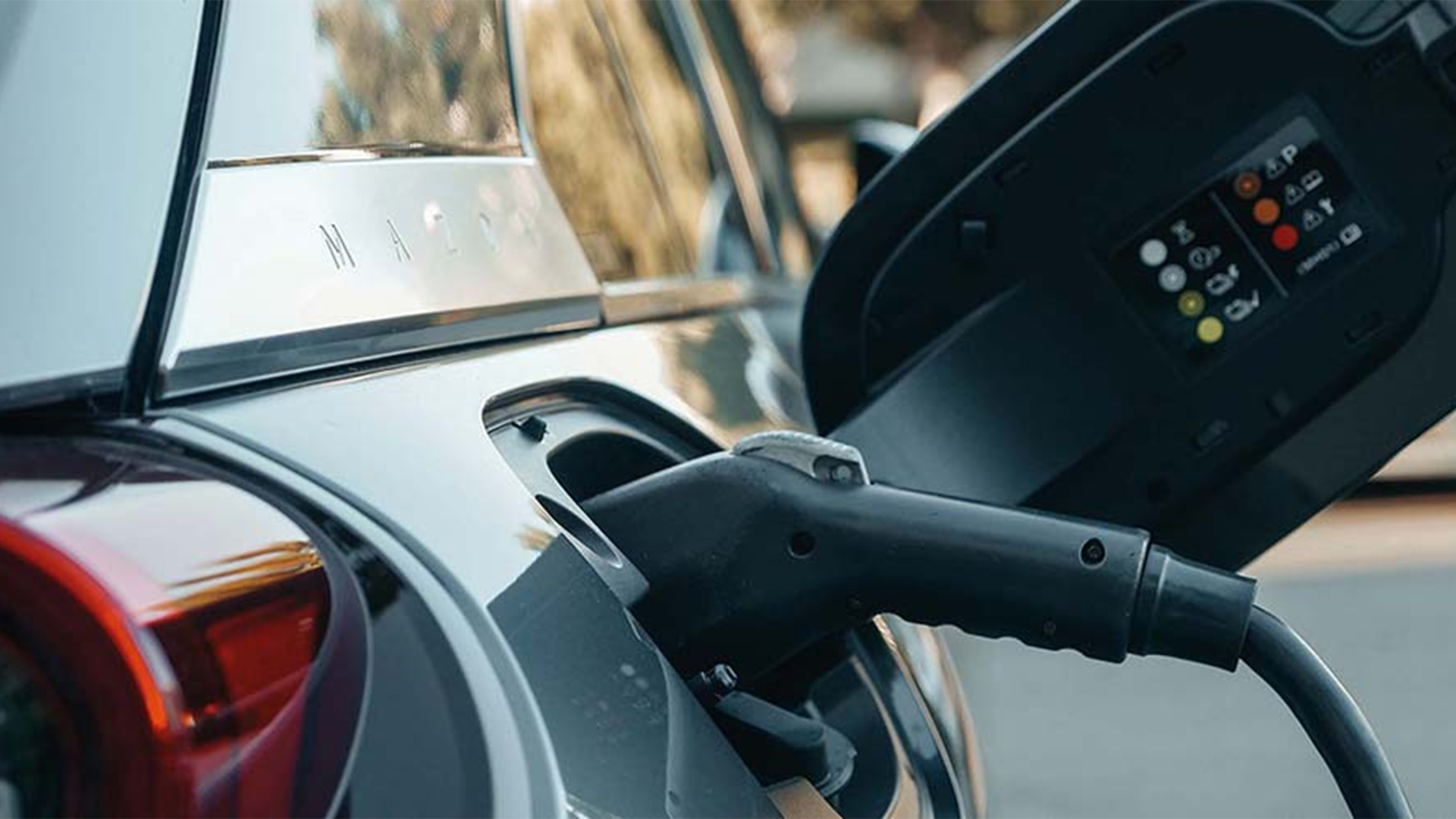
Curriculum-centred and oriented towards educational standards
Matching
The Daily Newspaper
Every day, there is a surge of news reaching us via different news channels. In spite of TV and Internet, the daily paper still is one of the most important main sources of news. But how is a newspaper created? The film shows the production of a paper in the course of one day. Starting with the editorial meeting in the morning, in which the topics and deadlines are determined, the film accompanies a journalist during her research work. You can see how a journalistic interview is conducted and what the photographer must consider when taking a press photo. Back in the editorial office, the editor’s work is illustrated, which includes the page layout and the writing of an online article in today’s time. Impressive pictures from the printing centre depict the process from the digital page to the finished newspaper. Together with the comprehensive accompanying material, the DVD is perfectly suited for use at school
Pupils Practise Inclusion
When people come together, no matter under what concomitant circumstances – ultimately, it is about how these people meet and how openly they interact with one another.
Mobile Learning II
Oh, what’s that? Original soundtrack Thissen: “As our children grow up in a media world and naturally handle the media, they should also be a topic in school.“ An older child says the point is that they don’t just load down apps but create things themselves that haven’t existed so far. Hi, I’m Jana. A propeller hat. I’ll put it on. Now I’m no longer a simple rhino, but a flying rhino. Original soundtrack Thissen: “It’s exactly the great flexibility of tablets that promotes very personalised and adapted learning.” Original soundtrack Welzel: “It’s fascinating to see how the children grow with their products and how they always want to improve them.” The Westminster Abbey is a church in London for the royal family. Original soundtrack Welzel: “And?“ They think it is ok.




